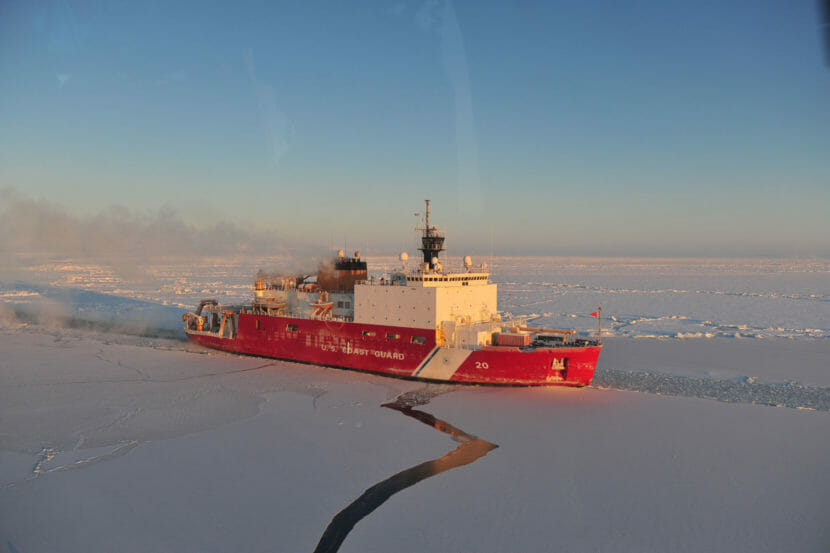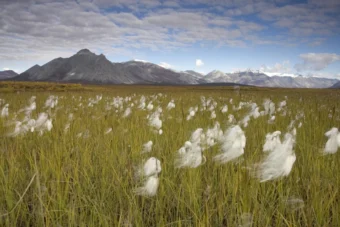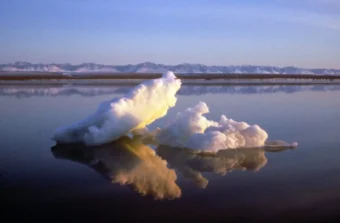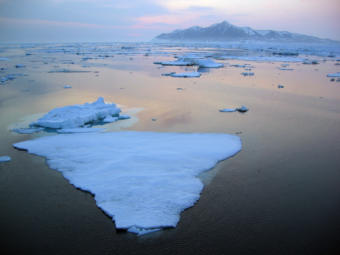
The federal government rolled out a new Arctic strategy this month, a move welcomed by the Alaska congressional delegation. But it’s unclear what it means for residents back in Alaska.
“It’s much more a list of goals,” said Amy Lovecraft, the director of the Center for Arctic Policy at the University of Alaska Fairbanks. She said that the strategy isn’t necessarily new as much as a revival by the Biden administration of Obama-era policies discarded by the Trump administration.
“So, it’s got a lot of buzzwords: conserve and protect, you know, Arctic ecosystems, Indigenous co-production, co-management. Right. What do all those things mean? And so it seems like it’s pretty specific, and so in that sense there are initiatives mentioned,” Lovecraft said.
Lovecraft said that the document falls short of providing clarity on how the goals outlined might be met.
“So these are strategic objectives,” she said. “What I want next are the action items.”
It’s action items that Sen. Lyman Hoffman also wants to see. He’s been a state legislator representing the Bethel region as a Democrat for more than three decades.
“How do you make people that are living in the Arctic, their lives affordable to live up here?” he wondered. “The food is high. The transportation costs are high. The heating costs are high. Everything is too exorbitant.”
Hoffman said that he’d like to see a strategy that addresses on-the-ground realities for Alaskans.
“A large portion of it needs to be focused on global warming and the effects that it’s having on places like Newtok, and places that are eroding; the permafrost melting away. What effect does it have on our food supply for salmon?” Hoffman said.
He said that these are some of the realities people in Western Alaska live with every day.
U.S. Secretary of State Antony Blinken announced the new strategy for the government’s future Arctic in a video posted to Twitter. In it, Blinken outlined four pillars that will guide White House policy in the Arctic in coming years.
The last time the U.S. government released an Arctic strategy was in 2013. That version was heavy on military presence in the region. The new strategy also calls for improved military capabilities in Alaska, but includes three other objectives that focus on economic development, climate change and international relations and diplomacy.
Lovecraft said that the timing of the new strategy’s release is not coincidental. Federal midterm elections are less than a month away. The announcement also comes as Arctic leaders and policy experts gather for an annual meeting in Iceland to discuss science innovation and international policy in the Arctic.


